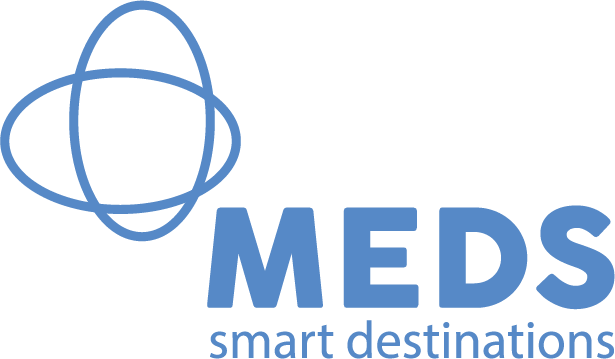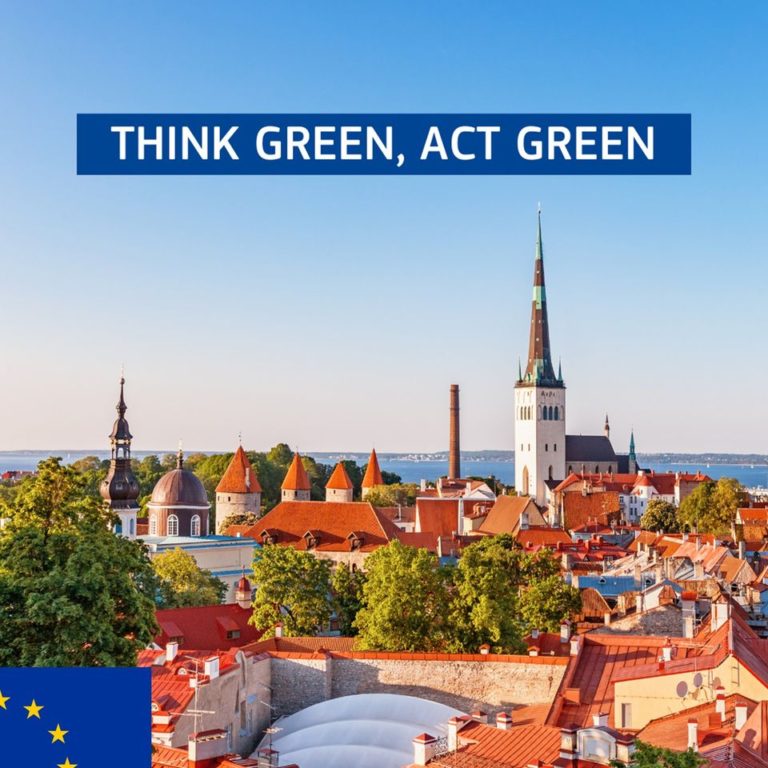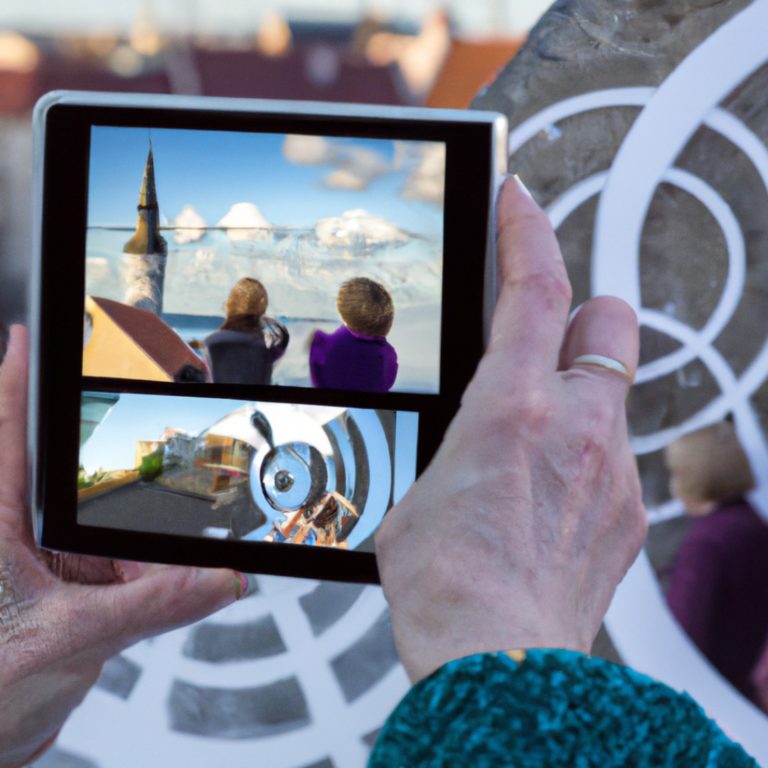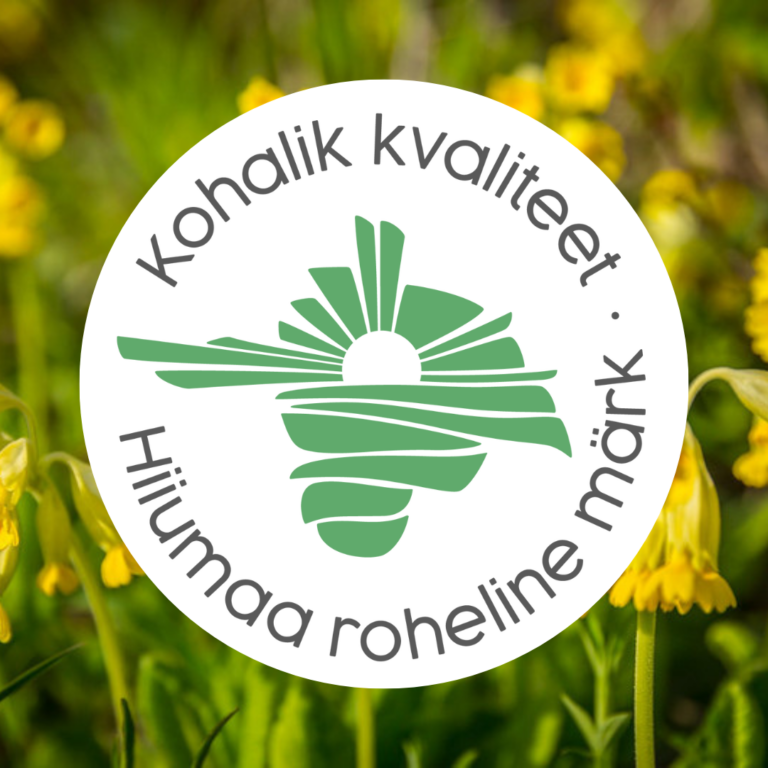The tourism industry faces a critical challenge: balancing economic growth with environmental protection and social well-being. Sustainable tourism planning, which prioritizes local residents’ quality of life, offers a promising path forward. Innovative tools and data analytics play an integral role in this process.
Innovative technologies can effectively monitor tourism’s impacts, ensuring informed decision-making that minimizes negative environmental and social consequences. They enable the development of smart tourism systems that optimize resource use, reduce negative impacts and enhance visitor experiences. Furthermore, they empower collaboration among different stakeholders, including local communities, businesses, and government administration, fostering inclusive and sustainable tourism development. By integrating technologies and data analytics into sustainable tourism planning frameworks, destinations and other tourism stakeholders can create a future where tourism not only thrives economically but also protects the environment, enriches local communities, and fosters a high quality of life for residents.
By using innovative tools and new technologies, different types of data can be obtained and analysed, among others local data, real-time data, historical data, satellite data and others.
Local data play a crucial role in understanding the unique characteristics of a locality. By analysing demographic information, cultural nuances, and economic indicators specific to the region, tourism stakeholders can tailor their strategies to meet the needs and expectations of both local residents and visitors. This localized approach fosters a deeper connection with the community and ensures that tourism development aligns with the destination’s identity. Moreover, local data enables stakeholders to identify and capitalize on untapped resources, hidden gems, and emerging trends. Armed with knowledge based on local data, tourism planners can create targeted marketing campaigns, design authentic experiences, and promote sustainable practices that resonate with the local context.
Real-time data provides a dynamic picture of activity and trends, enabling tourism organizations to make informed decisions as they happen. The ability to access and analyse data in real time empowers tourism professionals to respond quickly to changing circumstances. This agility is crucial for adapting marketing strategies, adjusting visitor services, and addressing challenges efficiently. For example, real-time data can help destinations manage crowd control during peak seasons, optimize transportation routes based on current conditions, and even personalize visitor experiences. They can combine real-time data with historical data and advanced analytics to create predictions and act instantly. By leveraging technologies such as sensors, mobile apps and social media analytics, destinations can gain immediate insights into visitor behaviour and preferences, allowing them to tailor services and offerings dynamically.
Incorporating data into strategic planning offers several benefits for the tourism ecosystem, among them the most important being:
- Improved decision-making and optimized resource allocation: Data-driven insights provide a solid foundation for informed decision-making, reduce the risk of costly mistakes, and enable tourism stakeholders to allocate resources effectively.
- Enhanced experiences: By understanding needs and preferences, tourism stakeholders can tailor their offerings and improve overall satisfaction.
- Increased destination competitiveness: Data-driven strategies can help destinations stand out and attract more visitors.
To conclude, by embracing the power of data analytics and innovative technologies, destinations and other tourism organizations can pave the way for a future where tourism thrives while respecting the environment and fostering a prosperous society.






